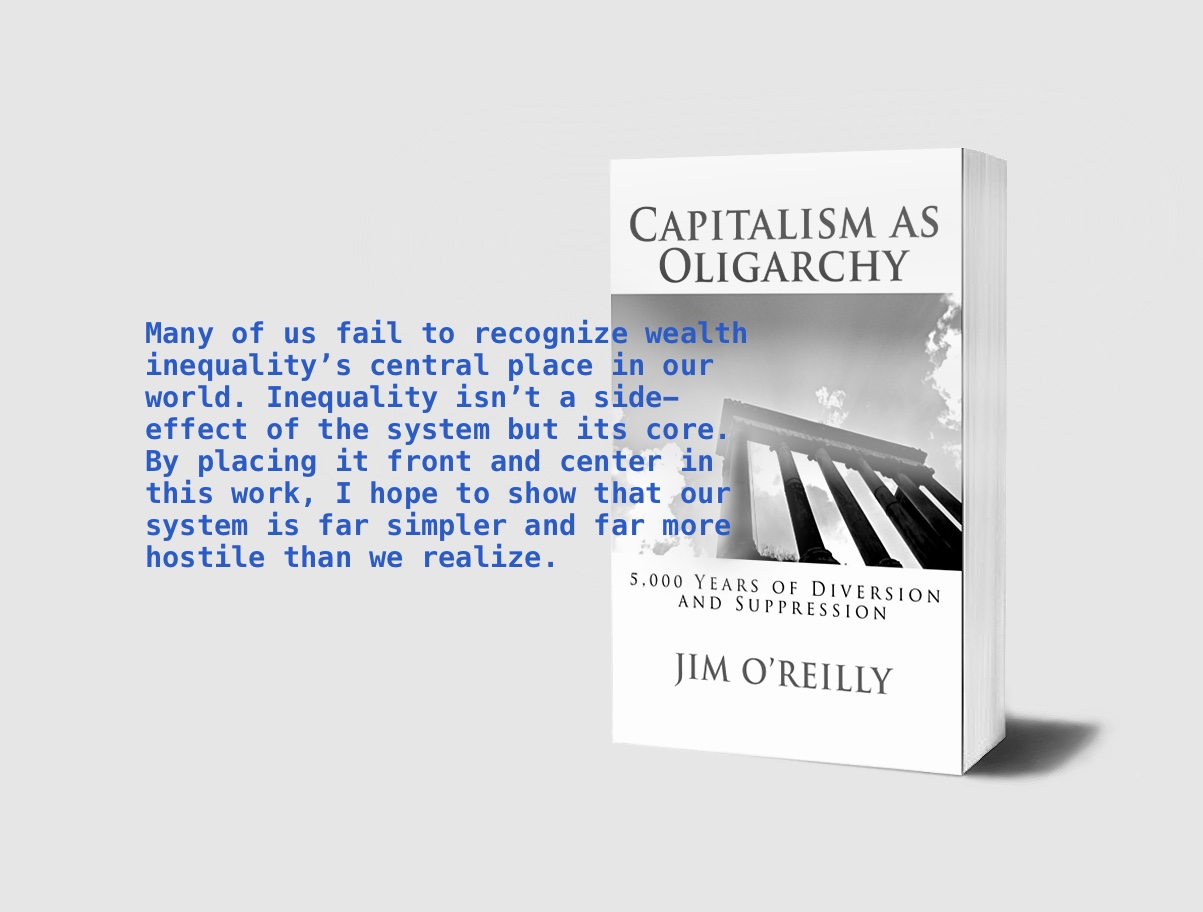Typical day at The New York Times
I read the New York Times each day but what a chore! I’m still traveling but I can’t help but comment on three opinion articles in today’s Sunday Review section, each demonstrating in their own way the smug callousness of the comfortably well off “liberal” elite.
The first is by Matt Bai, Chief Political Correspondent for The Times Magazine. In a typically unreflective and stupid piece (see here and here ), he praises politicians who are “furiously dispatching old notions of government” “in pursuit of efficiency and integrity rather than the prosecution of any ideological brief”.
Bai singles out Governors Cuomo and Christie for their “remarkable” achievements in slashing spending which will “remake the contract between public workers and the government, rolling back union benefits and spending”. He wonders why Washington can’t do the same.
Bai sees himself as a non-ideological centrist, a very common location for writers of the New York Times. He condemns the “partisans” on the left who oppose cuts in entitlements and their counterparts on the right who refuse higher taxes – as if his bloated satisfaction with the status quo doesn’t represent an ideology. I can imagine Bai living quite comfortably in Manhattan or Washington; “entitlements” aren’t too big a thing for those of his ilk – why not cut them a bit? Raise taxes a little too – but underline ‘a little”. Higher visions of society that see poverty, unemployment, and insecurity amidst unbridled opulence as crimes against humanity are relegated to the unseemly realms of ideological partisanship. Bai’s views are worse in some ways than those of the anti-tax right, for they hypocritically hide a complete indifference to the working class behind a fog of a seemingly sophisticated liberalism.
The second piece is by David E. Sanger, Chief Washington correspondent for the Times. Sanger, in the same spirit as Bai, writes of the dangers of the budget deficit, the corresponding need to slash spending, and the rising influence of China due to its large holding of US debt.
Speaking with all the wisdom one would expect from the Chief Washington correspondent, he informs us that “sooner or later whatever agreement goes through the House and the Senate will have to pass muster, at least informally, in the Great Hall of the People.” “The Chinese have hinted that if Americans think they can borrow forever without paying higher interest rates, they should think again”. He goes right to the highest source in orthodox finance – an unnamed former top executive of Goldman Sachs – who warns us of a paradox: that even if China does what the economists want, i.e. consumes more and saves less, we are still in deep trouble since “there will be fewer funds available to buy bonds and other assets here”. Sanger concludes that China will have great influence on what we need to pay in order to borrow cash and “that is the giant, unpredictable variable in whether Americans can bring a record debt load under control”.
The article, as readers of this blog will be well aware, rests on a complete misunderstanding of fiat currency regimes. It’s utter nonsense to think the US needs to borrow its own currency from China when it can produce it at no cost in Washington. The conventional paradigm that Sanger uncritically parrots demands we live far below our technological capacity and grow comfortable with fundamental problems such as poverty and unemployment, all in order to live within the artificial straightjacket of a financial orthodoxy benefiting only the wealthy. Sanger has produced nothing but a propaganda piece in support of the status quo.
The final article, “A Taste Test for Hunger” was jointly written by Robert Jensen, an associate professor of public policy and Nolan Miller, a professor of finance. Comfortably conforming to the standard sterile methodologies of economics and finance, it attempts to reconcile the “paradox” that hunger in China and India is apparently worsening in spite of reported growths in income.
The article makes passing note that unequal wealth “may play a role” but then assures us the answer may be far “simpler”: it’s not really inequality, it’s that “we are measuring hunger incorrectly”. The “standard approach”, based on measuring daily calorie consumption, tells us hunger has risen sharply but the authors favor instead what they call a “staple calorie share” measurement which assesses the percentage of meat in the diet, regardless of total calories. This measurement shows increased meat consumption and, ipso facto, reduced hunger.
How can “scholars” get away with publishing such nonsense? It’s a simple empirical fact that Chinese and Indian workers are harshly exploited and any visitor to these countries can clearly witness the harsh reality of the resulting poverty. But these number crunchers from academia, “experts” in public policy and finance, tell us not to worry, their “staple calorie share” ratio is rising! One should assume their next article will apply the same ratio analysis to hogs and cattle!
So much for a mini review of today’s Sunday Review section. Three right wing propaganda pieces, each presented in the patented smug, unreflective, and self assured manner we’ve grown accustomed to in the New York Times. So typical but so infuriating.

